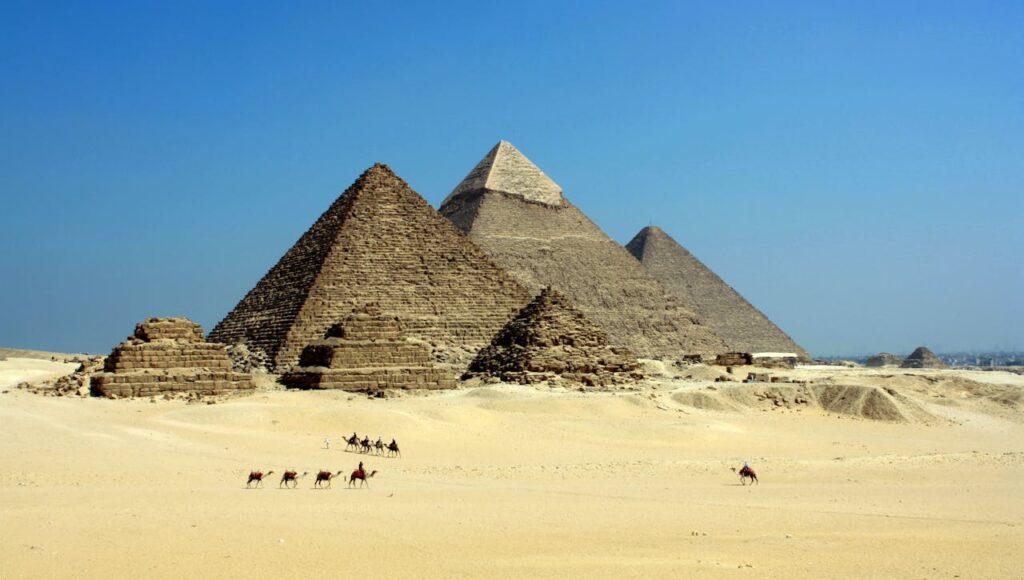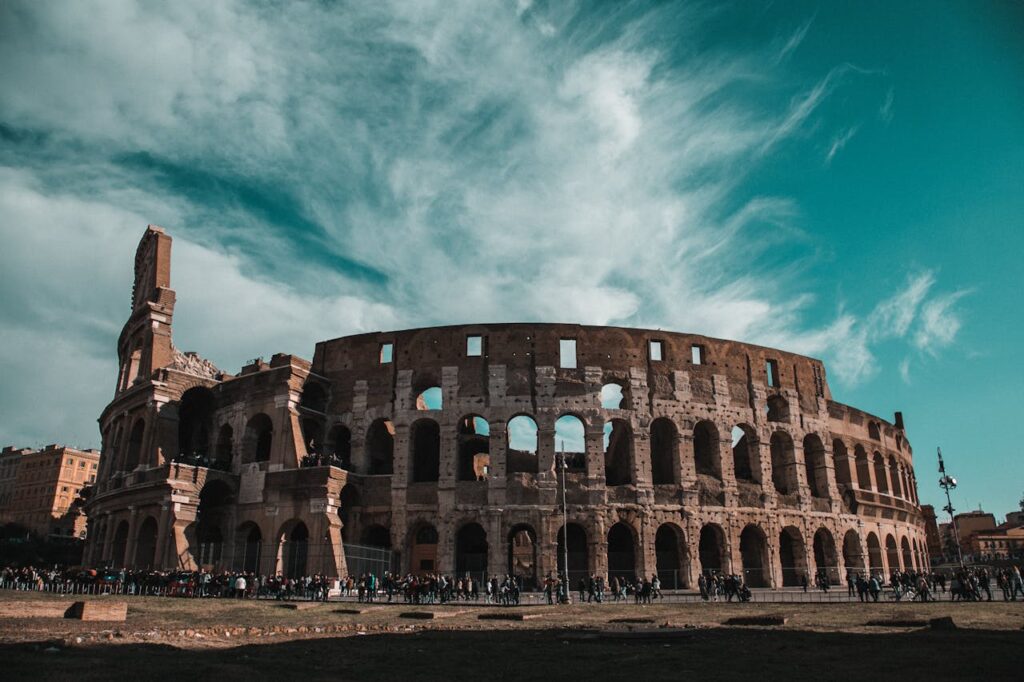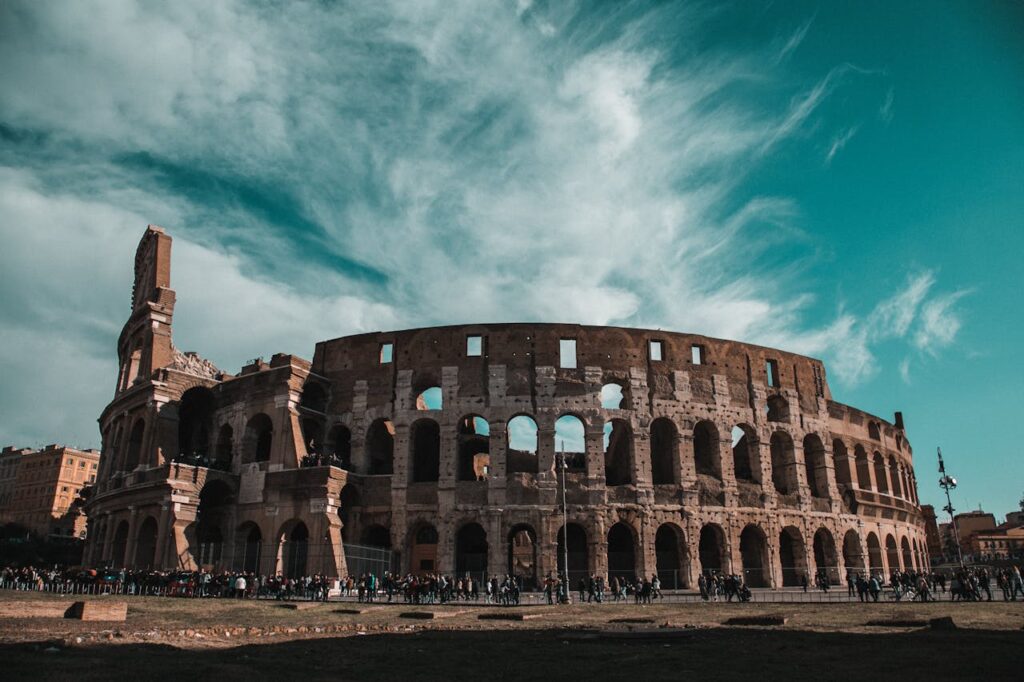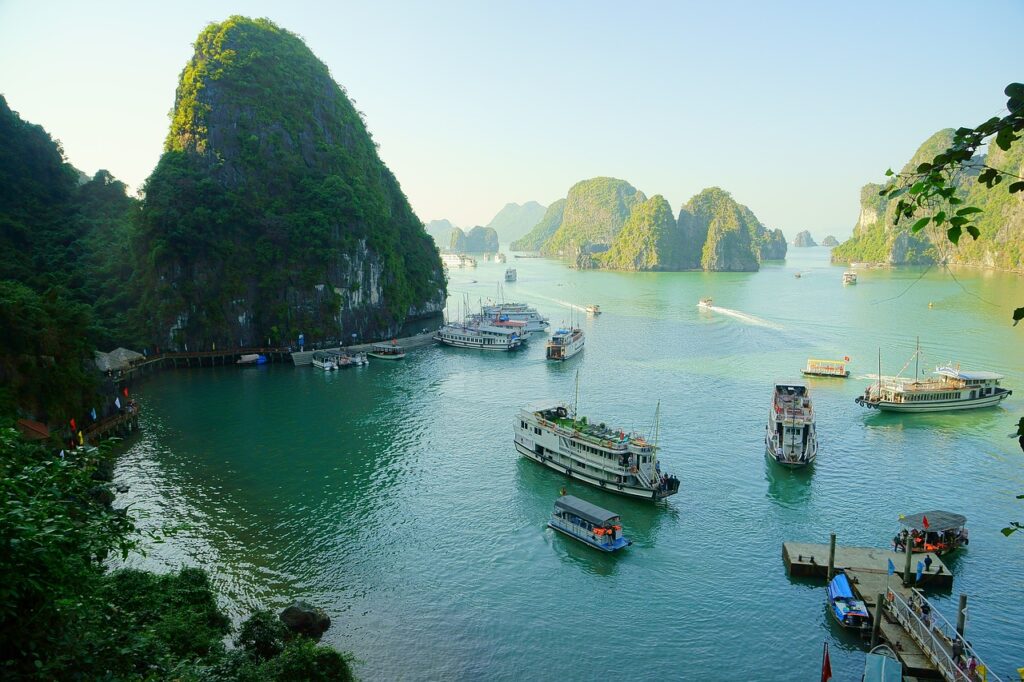Step pyramids, ancient architectural marvels, are found across various civilizations worldwide. These multi-layered stone structures were often built as temple towers or tombs, showcasing the engineering prowess and spiritual significance of their respective cultures. From Egypt to Mesoamerica, these pyramids stand as a testament to the grandeur of ancient civilizations.
1. Candi Sukuh: A Unique Javanese Step Pyramid
Located on the western slope of Mount Lawu in Central Java, Indonesia, Candi Sukuh is a 15th-century Hindu temple that stands out for its distinctive design. Unlike other Javanese temples, Candi Sukuh resembles Mayan architecture with its step pyramid structure. The site is rich in spiritual symbolism, with reliefs and statues representing themes of spiritual liberation and fertility.
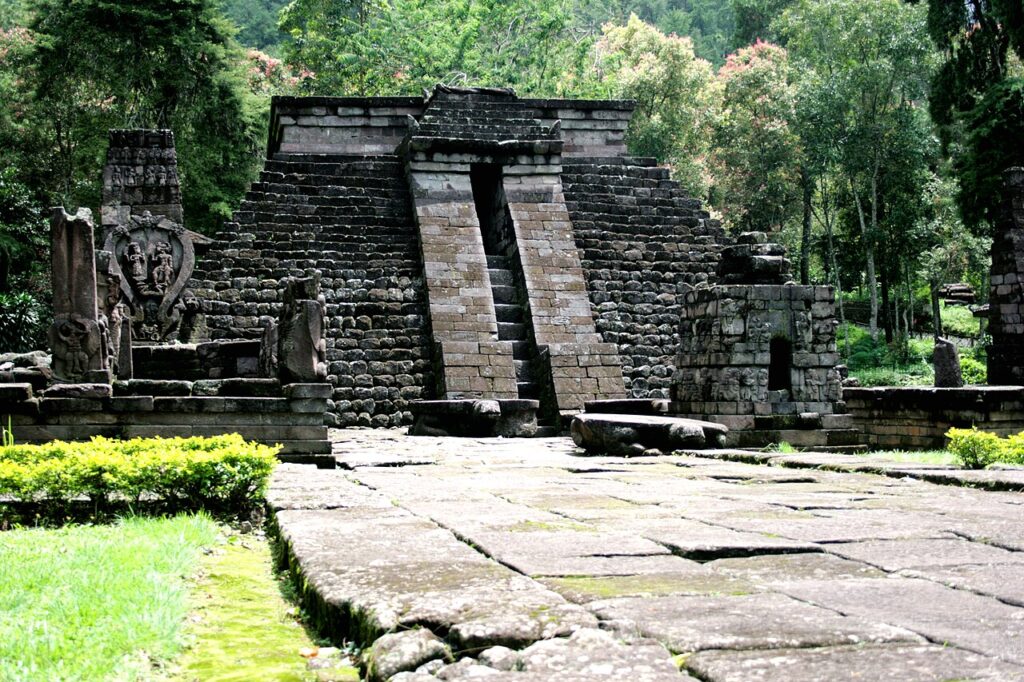
Key Features of Candi Sukuh
| Feature | Description |
|---|---|
| Location | Central Java, Indonesia |
| Century | 15th Century |
| Cultural Influence | Hinduism, Mayan-like architecture |
| Main Monument | Step Pyramid |
2. Tomb of the General: The Pyramid of the East
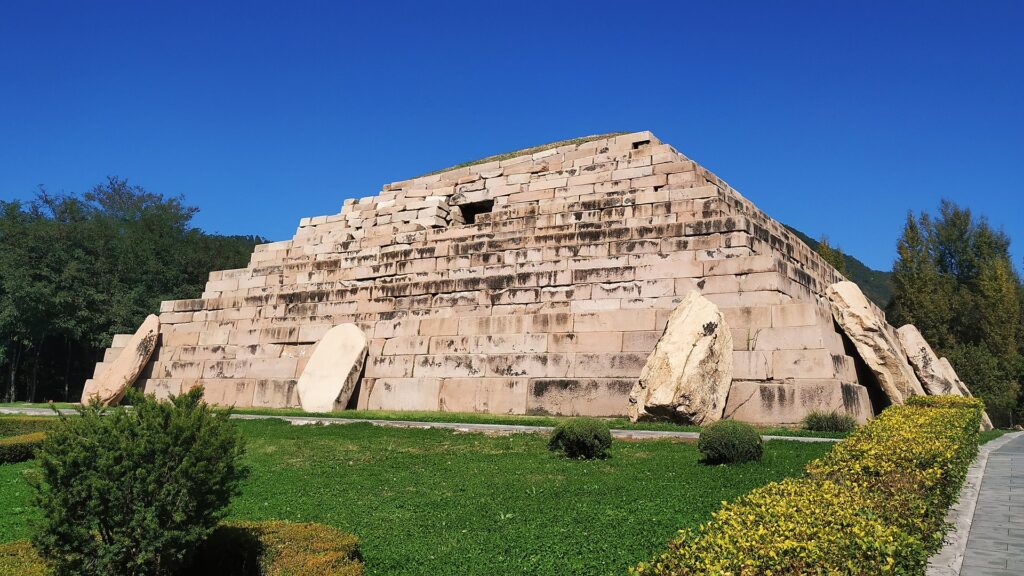
The Tomb of the General is the burial site of King Jangsu, the 20th monarch of Goguryeo, one of Korea’s Three Kingdoms. Known as the Pyramid of the East, this step pyramid is located in Ji’an, China, and stands as a symbol of Goguryeo’s golden age. The tomb measures 31 meters on each side and is 13 meters high.
Notable Aspects of the Tomb of the General
- Location: Ji’an, China
- Height: 13 meters (43 feet)
- Historical Significance: Burial site of King Jangsu
3. Monte Alban: The Heart of the Oaxaca Valley
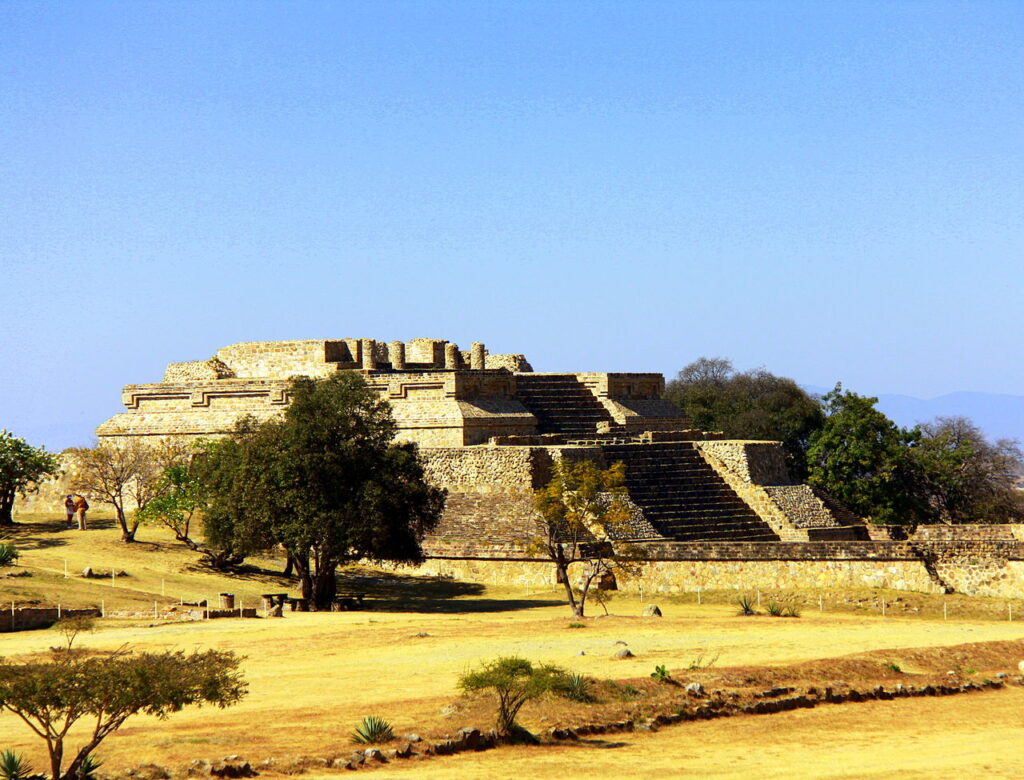
Monte Alban is one of the oldest ceremonial centers in southern Mexico, located on a hilltop in the Oaxaca Valley. This site features a large flat terrace, the Gran Plaza, flanked by pyramid mounds and stepped platforms. The civic-ceremonial center offers a glimpse into the ancient Zapotec civilization.
Monte Alban Highlights
- Location: Oaxaca, Mexico
- Height: 400 meters (1,300 feet) from the valley floor
- Main Structures: Gran Plaza, pyramid mounds
4. El Tajin: The Pyramid of Niches
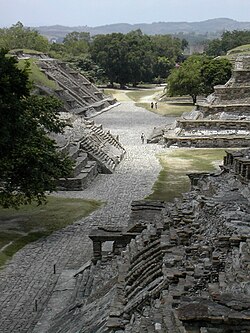
Located in present-day Mexico, El Tajin was an important city of the Classic Veracruz culture. Its most famous structure, the Pyramid of the Niches, is a seven-layered step pyramid rising 20 meters. The pyramid’s unique design and intricate niches make it a standout among Mesoamerican structures.
Pyramid of Niches Characteristics
| Feature | Description |
|---|---|
| Location | Veracruz, Mexico |
| Height | 20 meters (66 feet) |
| Distinctive Element | Seven layers with niches |
5. Caracol: The Sky Place of Belize
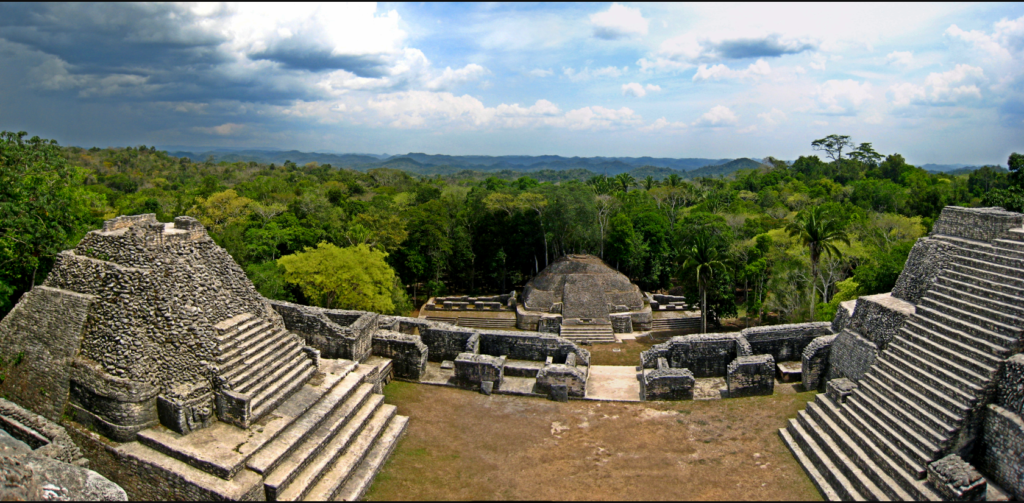
Caracol, the largest Mayan site in Belize, was once home to a thriving population of about 150,000 people. The city’s largest pyramid, Canaa (Sky Place), remains the tallest man-made structure in Belize, standing at 43 meters. Caracol is a testament to the grandeur of the ancient Maya civilization.
Caracol Facts
- Location: Vaca Plateau, Belize
- Height: 43 meters (143 feet)
- Historical Peak: Around 650 AD
6. Great Ziggurat of Ur: A Sumerian Marvel
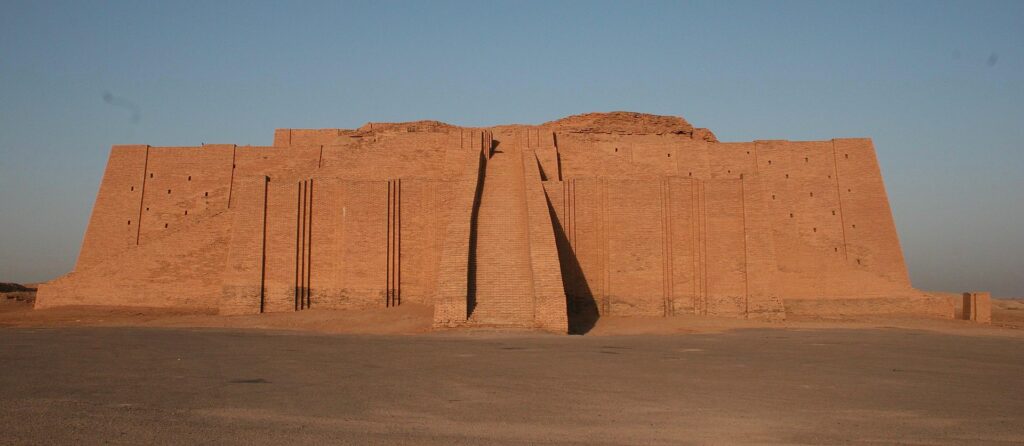
The Great Ziggurat of Ur is one of the best-preserved monuments from the Sumerian era, located in modern-day Iraq. This massive step pyramid served as a temple complex and administrative center for the ancient city of Ur. Built by King Shulgi in the 21st century BC, it was later reconstructed in the 6th century BC by King Nabonidus.
Great Ziggurat Overview
| Feature | Description |
|---|---|
| Location | Iraq |
| Dimensions | 64 by 46 meters (210×150 feet) |
| Builder | King Shulgi, 21st century BC |
7. Calakmul: The Hidden Mayan City

Calakmul is one of the largest Mayan cities ever discovered, hidden deep within the jungles of Campeche, Mexico. Its 55-meter-high pyramid is the largest structure at the site, showcasing the typical Mayan practice of building upon older temples to create grander monuments.
Calakmul Pyramid Details
- Location: Campeche, Mexico
- Height: 55 meters (180 feet)
- Significance: Largest structure at Calakmul
8. Chogha Zanbil: The Elamite Ziggurat
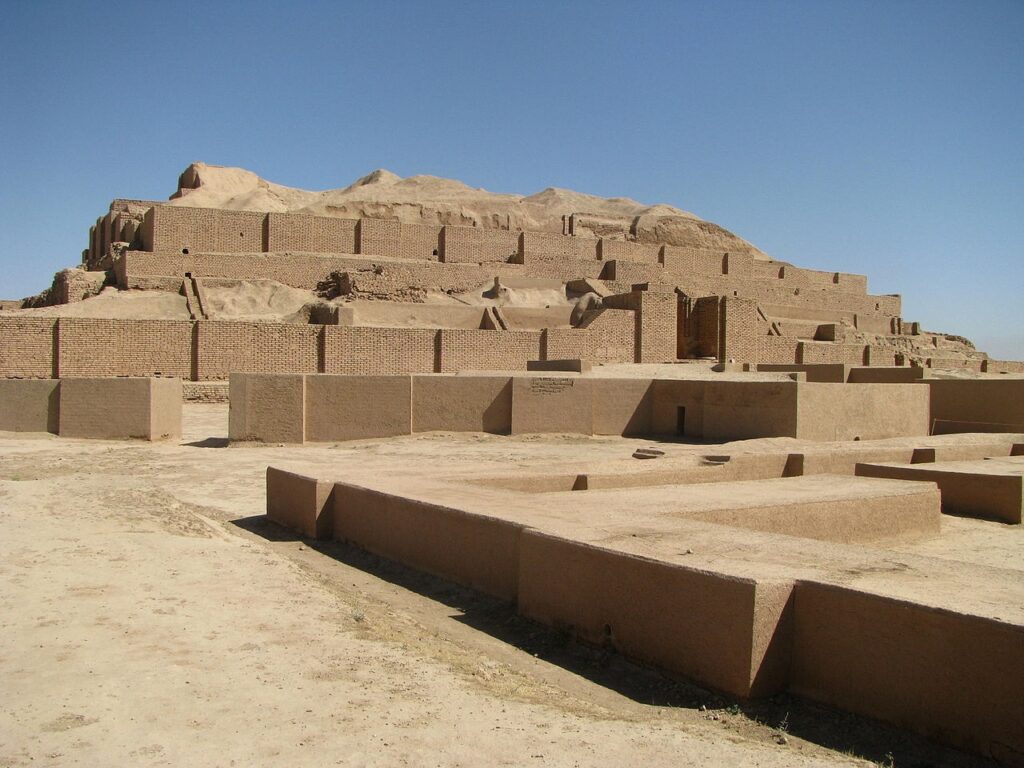
Built by the Elamites around 1250 BC, Chogha Zanbil is a well-preserved ziggurat located in present-day Iran. Unlike many other ziggurats, which have been destroyed by natural calamities or war, Chogha Zanbil remains relatively intact, offering a glimpse into ancient Elamite religious practices.
Chogha Zanbil Highlights
- Location: Khuzestan, Iran
- Construction Date: 1250 BC
- Purpose: Temple dedicated to the god Inshushinak
9. Palenque: The Western Edge of the Maya Empire
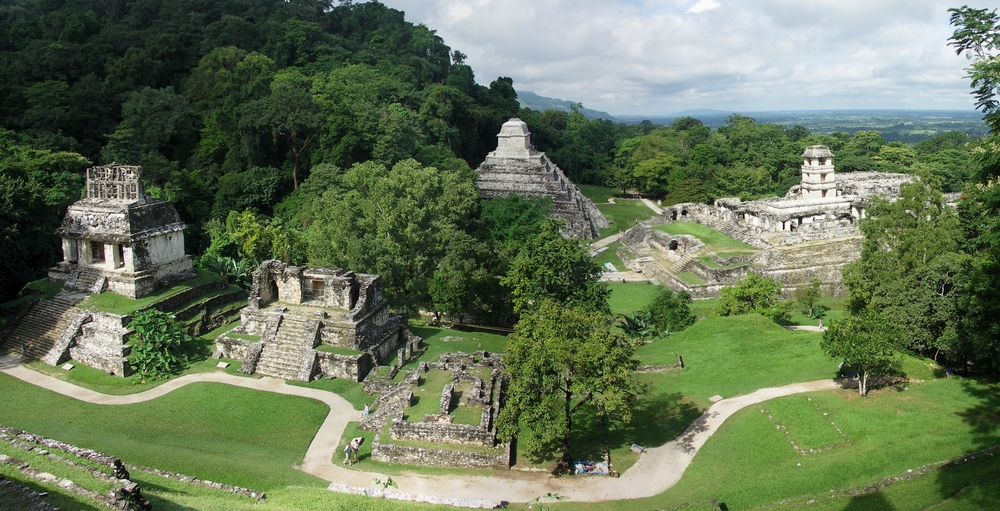
Palenque is an archaeological site in Chiapas, Mexico, known for its well-preserved Mayan architecture. The Temple of Inscriptions, a funerary monument, is the most famous structure at Palenque. The site dates back to around 600 AD and offers a wealth of historical and architectural insights into the Maya civilization.
Palenque Details
| Feature | Description |
|---|---|
| Location | Chiapas, Mexico |
| Main Structure | Temple of Inscriptions |
| Historical Period | 600 AD – 800 AD |
10. Uxmal: The Pyramid of the Magician
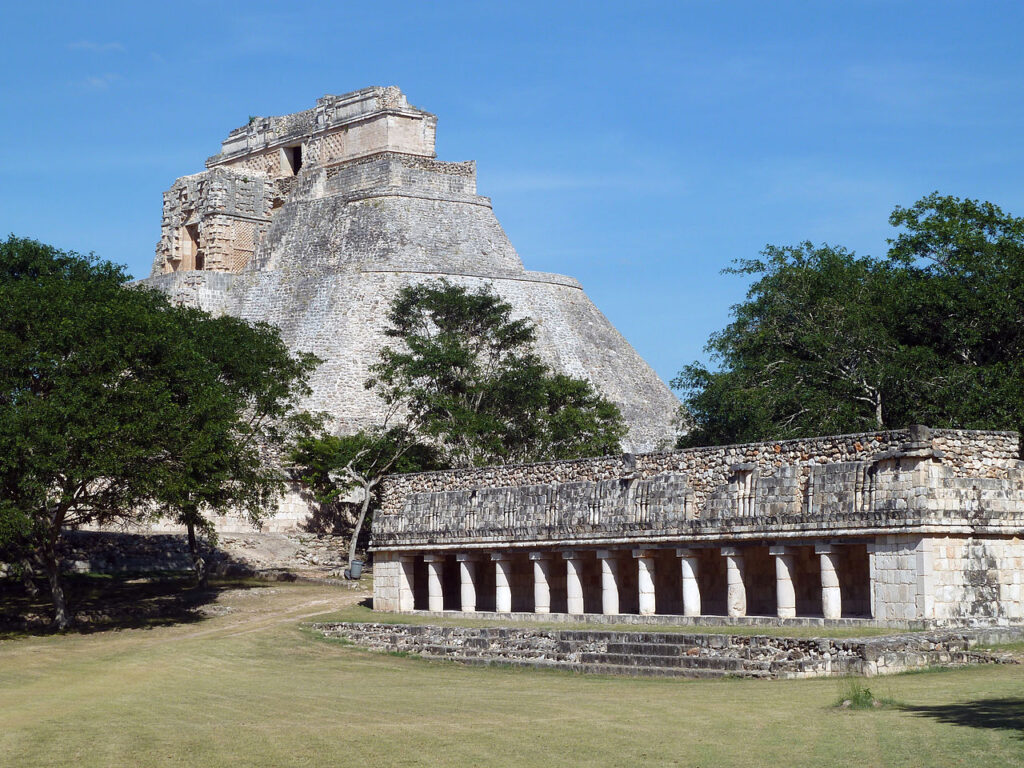
Uxmal, a Pre-Columbian site in Mexico, is home to the Pyramid of the Magician, a step pyramid with an unusual oval shape. This 115-foot-high pyramid is one of the tallest structures at Uxmal and was built in five phases over several centuries, starting from the 6th century.
Uxmal Pyramid Features
- Location: Yucatán, Mexico
- Height: 115 feet (35 meters)
- Architectural Style: Oval layers, unique among Mayan pyramids
11. Step Pyramid of Djoser: Egypt’s First Pyramid
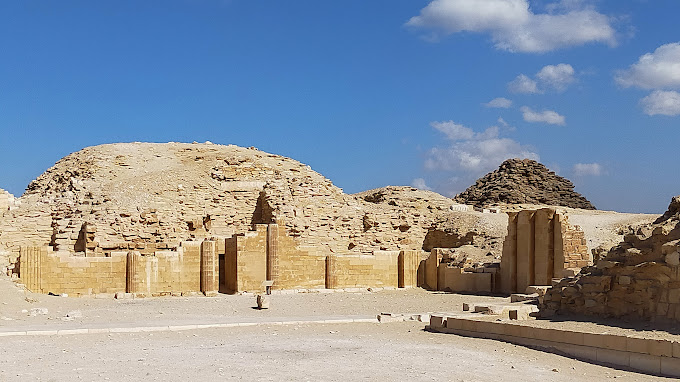
The Step Pyramid of Djoser in Saqqara is the first pyramid built by the ancient Egyptians. Constructed in the 27th century BC for Pharaoh Djoser, this pyramid started as a traditional mastaba but evolved into a six-stepped structure, standing 62 meters high.
Step Pyramid of Djoser Overview
| Feature | Description |
|---|---|
| Location | Saqqara, Egypt |
| Height | 62 meters (204 feet) |
| Builder | Pharaoh Djoser, 27th century BC |
12. Tikal: The Largest Mayan City
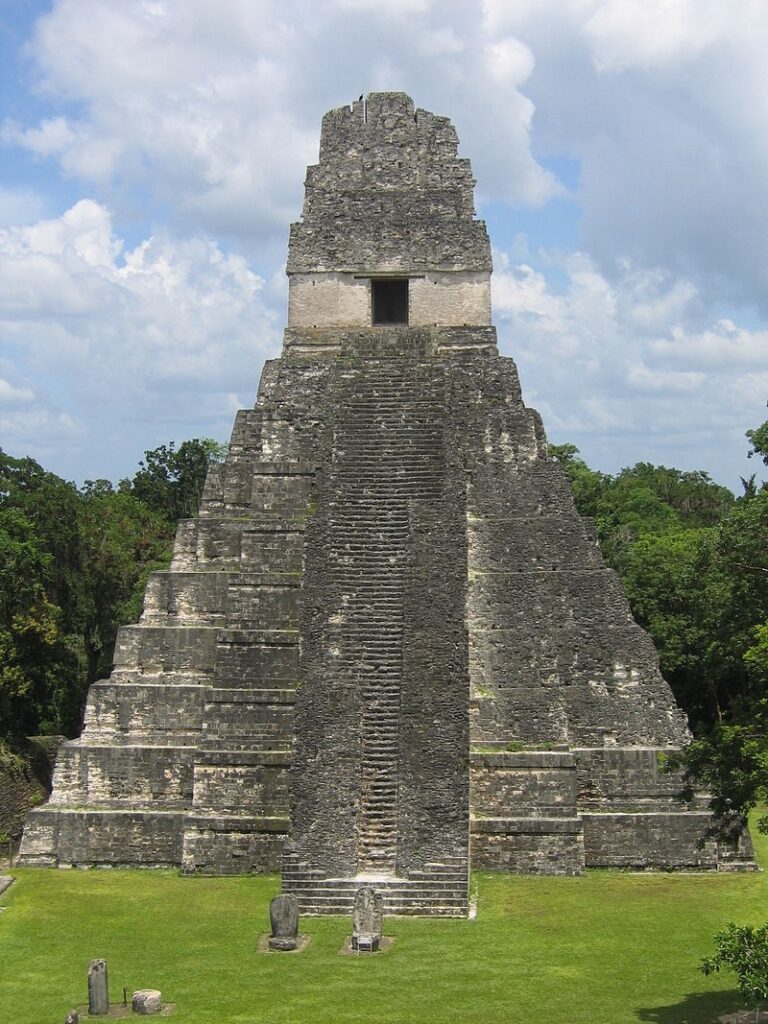
Tikal, located in northern Guatemala, is one of the most impressive Mayan sites. The city was at its peak between 200 and 900 AD, with a population of up to 200,000 people. Tikal contains six massive step pyramids, with Temple-pyramid IV being the tallest at 72 meters.
Tikal’s Main Pyramid
- Location: Petén, Guatemala
- Height: 72 meters (230 feet)
- Significance: Largest pyramid at Tikal
13. Chichen Itza: El Castillo and Its Astronomical Design
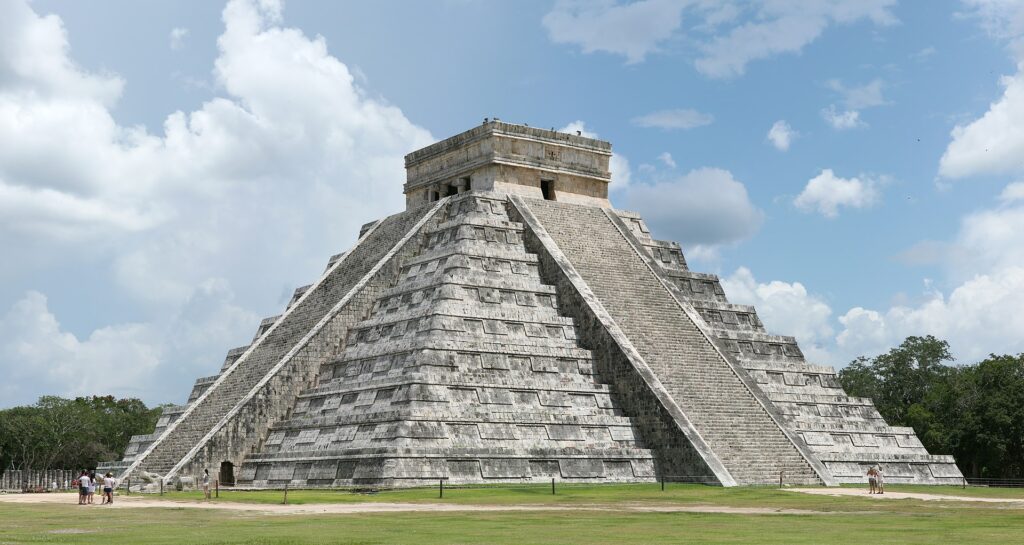
Chichen Itza is home to one of the most iconic step pyramids, El Castillo, located in Yucatán, Mexico. This pyramid has a unique astronomical design, with 91 steps on each side, totaling 365 steps, representing the days of the year. Climbing El Castillo is no longer allowed, but it remains a symbol of Mayan architectural brilliance.
El Castillo Key Facts
| Feature | Description |
|---|---|
| Location | Yucatán, Mexico |
| Height | 30 meters (98 feet) |
| Unique Element | 365 steps, astronomical significance |
14. Teotihuacan: The Pyramid of the Sun
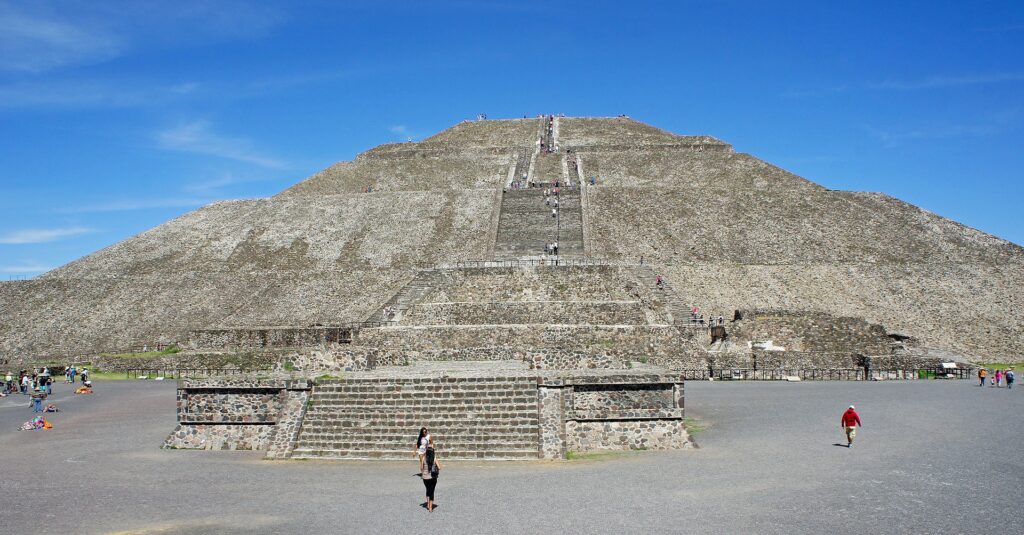
The ancient city of Teotihuacan, located in the Valley of Mexico, is renowned for its monumental step pyramids, particularly the Pyramid of the Sun. Built around 100 AD, the Pyramid of the Sun is one of the largest structures in Mesoamerica, standing 75 meters (246 feet) high. The city itself was a major cultural and political center, influencing much of the Mesoamerican region during its peak.
Teotihuacan Pyramid Details
| Feature | Description |
|---|---|
| Location | Valley of Mexico |
| Height | 75 meters (246 feet) |
| Significance | Largest building in Teotihuacan, central to Mesoamerican culture |
FAQ: Understanding Step Pyramids
A step pyramid is a structure that consists of several stacked layers or steps, creating a stair-like appearance. These pyramids were often used as temples or tombs in ancient civilizations.
The most famous step pyramids are located in Egypt, Mesoamerica (Mexico and Central America), and Mesopotamia (modern-day Iraq and Iran).
Step pyramids have a terraced, stair-like appearance, while smooth-sided pyramids, like those in Egypt, have flat, angled sides that converge at a point.
Step pyramids were built as religious temples, burial sites for royalty, or ceremonial centers. They were considered sacred spaces that connected the earth to the heavens.
Climbing step pyramids is restricted at many sites due to preservation concerns. For example, climbing the Pyramid of the Sun in Teotihuacan or El Castillo in Chichen Itza is no longer allowed.
Final Thoughts: The Legacy of Step Pyramids
Step pyramids are remarkable architectural achievements that reflect the cultural and religious beliefs of ancient civilizations. From the Great Ziggurat of Ur to the pyramids of Mesoamerica, these structures symbolize humanity’s quest to connect with the divine and leave a lasting legacy. The March and June 2024 Google algorithm updates have placed even greater importance on well-structured content that provides comprehensive and engaging information. As search engines continue to evolve, content creators must focus on producing high-quality, informative content that meets the needs of users.

